You can think of causation as the link between the incident and the injury. It’s the puzzle piece that connects the dots and shows that the defendant’s actions directly led to the harm that the victim has suffered. Without this connection, the case is as good as lost.
The evidence needed to prove causation is like the mortar that holds the bricks of your case together. The thing is: you have to build a strong foundation in order to increase your chances of success in court.
Why Proving Causation is Important
Proving this causation goes beyond just showing that someone was hurt; you need to show how and why it happened and that it was the fault of the defendant. Without causation, the rest of your personal injury claim falls apart, no matter how serious your injuries are.
The court won’t be concerned unless you can show that the injury directly resulted from something the other party did or didn’t do.
It’s like trying to blame someone for breaking your window without any proof they were anywhere near your house. Sure, the window’s broken, but how can you point fingers if you don’t have a direct link?
Causation is that direct link in a personal injury case. And trust me, judges and juries eat that up. Without it, you do not have a case to begin with.
Types of Causation
When discussing causation, lawyers must establish two types: factual and proximate causation.
Factual Causation
Factual causation is straightforward. Did the defendant’s actions directly cause the injury? For example, if a driver runs a red light and crashes into another car, causing injury to the other driver, this is factual causation—the act of running the light directly resulted in the injury.
Proximate Causation
On the other hand, proximate causation is more complex. It focuses on whether the injury was a foreseeable outcome of the defendant’s actions. Could they have expected that their actions would lead to harm? If the injury seems like a reasonable result of the defendant’s actions, then proximate causation exists.
Proximate causation can be said to be the consequences of the defendant’s actions. It’s not just about whether their actions started the chain of events, but also whether it’s reasonable to blame them for the outcome.
If it’s a stretch to argue that the injury was foreseeable, proving proximate causation might be more challenging.
The Role of Medical Evidence in Proving Causation
You can’t just go to court and say, “They caused my injury.” You need solid evidence to support your claim — especially medical evidence. Doctors, therapists, and other healthcare professionals often help prove causation by providing expert testimony on how the injury happened and whether it relates to the defendant’s actions.
Medical records, X-rays, and test results are all used to show that the injury wouldn’t have happened if not for the defendant’s actions.
These pieces of evidence are important for presenting a clear picture to the jury or judge. Without them, the case is just a bunch of unsupported claims that lack substance.
Challenges in Proving Causation
Proving that one thing causes another isn’t always easy. It can get complicated, especially if there are many factors involved.
For example, if someone with long-term back pain is in a small car accident and says the crash made their condition worse, they have to show that the accident either caused a new injury or made the existing one worse. This is where it can get tricky.
The people being sued often say the injury wasn’t their fault, or that the person who got hurt did something that led to the injury. This is when disagreements about what caused the injury get heated.
It’s not enough to only prove that the person being sued made a mistake — you have to show that the mistake directly caused the injury.
Lawyers have to deal with a lot of evidence, medical opinions, and expert testimony to prove that one thing caused another.
This part is really important because this is when cases are either won or lost. If the person who got hurt can’t prove that the person being sued is mainly responsible for their injury, the case falls apart.

